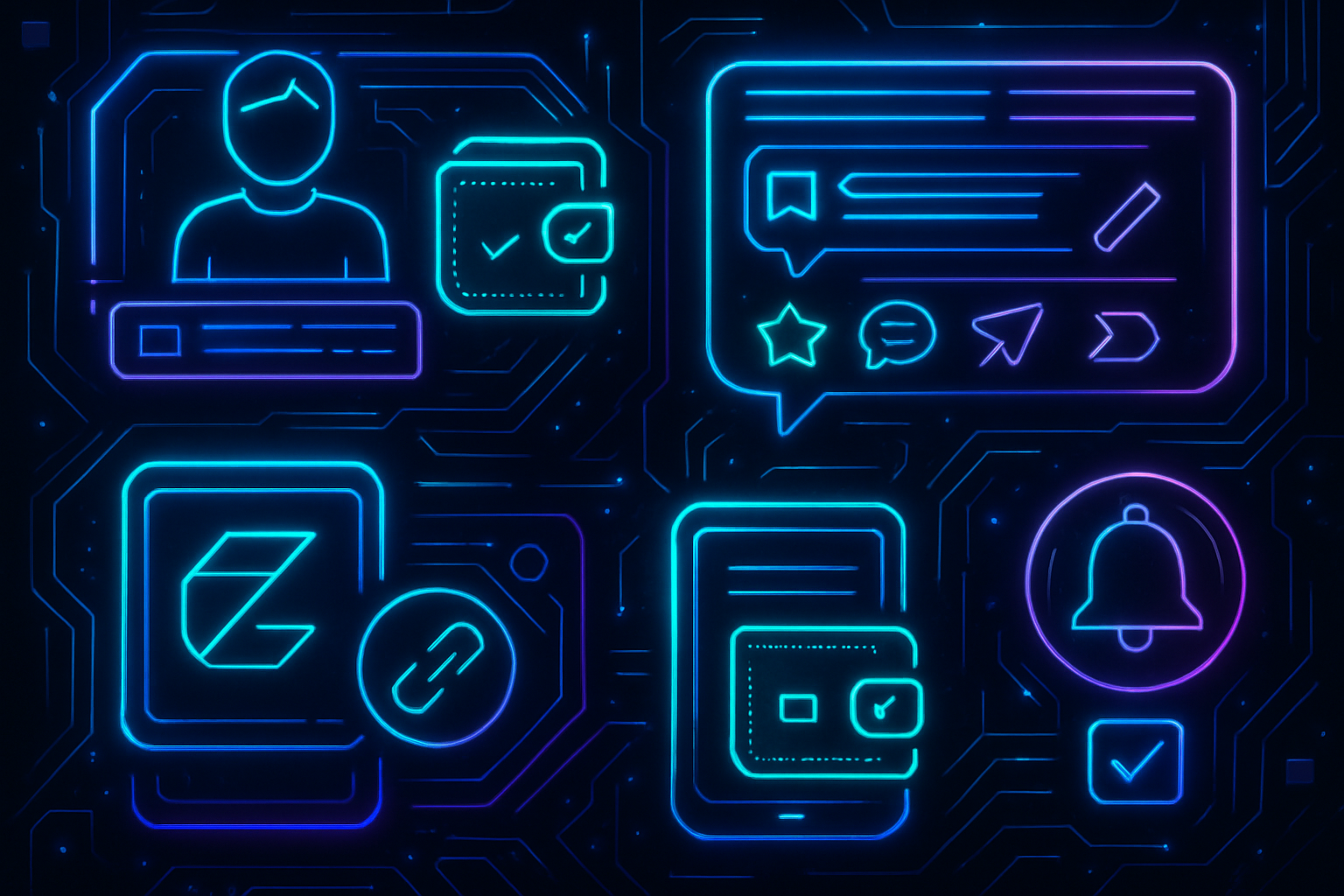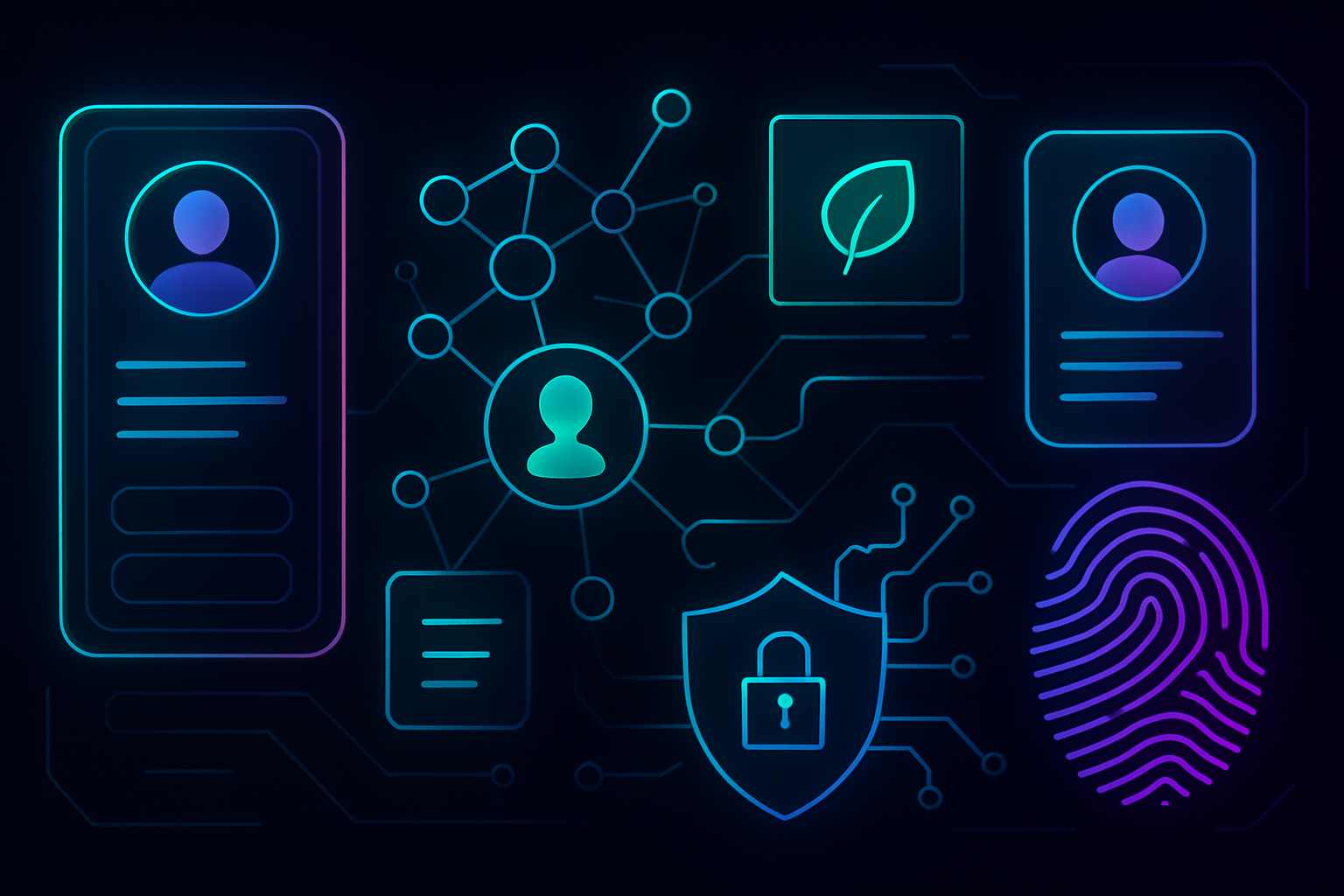
Farcaster Mini Apps are changing the game for decentralized social app development, letting developers deliver interactive, in-feed experiences without the bloat of traditional mobile apps. If you’re looking for a practical Farcaster mini app tutorial or want to integrate with Farcaster Base, this guide will walk you through the essential steps to build and launch your own Mini App, no fluff, just actionable steps and technical clarity.

Meet the Prerequisites: Tools and Accounts
Before you write a single line of code, make sure your environment is ready. You’ll need:
- Node. js 22.11.0 and : Confirm with
node --version. If you’re not up to date, grab the latest from nodejs. org. - npm, pnpm, or yarn: Any modern package manager will do.
- Farcaster Account with Developer Mode enabled: Access advanced tools by toggling Developer Mode in your Farcaster client’s settings. This unlocks manifest creation, local previewing, and more.
These basics are non-negotiable. If you skip them, you’ll hit walls later, so double-check each requirement before moving on.
Project Bootstrapping: CLI or Neynar Starter Kit
Farcaster has dramatically lowered the barrier to entry for decentralized social app development. You can scaffold a new Mini App project in seconds:
- Official Farcaster CLI:
npm create @farcaster/mini-app - Neynar Starter Kit (for extra features):
npx @neynar/create-farcaster-mini-app@latest Neynar’s kit streamlines manifest generation, splash icons, and local tunnel setup, ideal if you want a frictionless on-ramp. Both options produce a ready-to-hack scaffold tailored for Mini App development.
Manifest File: Your App’s Passport to Farcaster
The farcaster. json manifest is the single source of truth for your app’s metadata and discoverability. It should be publicly available at https://and lt;yourdomain and gt;/. well-known/farcaster. json. Here’s what a minimal manifest looks like:
Example `farcaster.json` Manifest Structure
Every Farcaster Mini App requires a manifest file, typically named `farcaster.json`, which describes your app’s metadata and permissions. Here’s a practical example of what this manifest might look like:
{
"name": "MyFarcasterMiniApp",
"description": "A simple Farcaster Mini App that posts messages.",
"version": "1.0.0",
"author": "Your Name",
"entry_point": "index.js",
"permissions": [
"post_messages",
"read_profile"
],
"icons": {
"16": "icons/16.png",
"48": "icons/48.png",
"128": "icons/128.png"
},
"homepage_url": "https://yourapp.example.com"
}
Customize each field to fit your Mini App’s details. The `permissions` array should only include the permissions your app truly needs, following best security practices.
Pay close attention to image assets, they must be accessible and sized correctly. Use the Mini App Asset Generator to avoid common pitfalls that cause failed submissions or ugly previews.
Add Native Power: Integrate the Mini App SDK
To unlock native Farcaster features, like authentication, wallet actions, and seamless handoff between feeds and your app, install the official SDK:
Install the Farcaster Mini App SDK
First, install the Farcaster Mini App SDK using npm:
npm install @farcaster/miniapp-sdkOnce installed, you can start integrating the SDK into your mini app project.
Pro tip: Always call sdk. actions. ready() after your app loads or you’ll be stuck on an infinite loading screen. This is the most common rookie mistake and an easy one to avoid with disciplined coding habits.
Testing and Previewing: Go Live Locally Before Launching
You don’t need to deploy to production for every tweak. Expose your local dev server with cloudflared tunnel --url https://localhost: 3000, then feed that public URL into your manifest and test in the Farcaster Embed tool. This tight feedback loop means fewer surprises when you go live.
The next section will cover deploying, registering, and optimizing your Mini App for maximum reach within the Farcaster ecosystem. Ready to get hands-on? Stay tuned for advanced integration and launch strategies that will set your app apart from the crowd.
Deploy and Register: From Dev to Discoverable
Once you’re confident in your Mini App’s stability and polish, it’s time to push it live. Deploy your app to a reliable hosting service, Vercel, Netlify, or your favorite static host. What matters most is that your farcaster. json manifest is accessible at https://and lt;yourdomain and gt;/. well-known/farcaster. json, as this is how Farcaster indexes and verifies your app.
After deployment, head back to Farcaster’s Developer Tools and register your Mini App. This step is crucial for discoverability within the Farcaster client and ensures users can find and launch your app directly from the ecosystem feed. Don’t skip it, unregistered apps won’t show up in search or recommendations.
Optimize for Engagement: Best Practices for Viral Mini Apps
Building a technically solid app is only half the battle. To make your Mini App stand out in the decentralized social landscape, focus on:
- Frictionless onboarding: Use Farcaster login and clearly communicate permissions.
- Instant feedback: Provide visual cues, animations, or notifications for user actions.
- Native integration: Leverage wallet connect, cast sharing, and notifications to keep users engaged inside Farcaster.
- Performance: Optimize asset sizes and lazy-load non-critical resources for snappy in-feed experiences.
- Shareability: Make it easy for users to cast or share their activity, driving organic reach.
If you want to dive deeper into growth tactics, check out community discussions and case studies from viral Mini App launches. The most successful apps combine technical excellence with social hooks that bring people back day after day.
Which feature do you want most in new Farcaster Mini Apps?
Farcaster Mini Apps are evolving fast, offering new ways to interact within the ecosystem. As a developer or user, which feature would you be most excited to see in upcoming Mini Apps?
Advanced Integrations: Wallets, Chains, and Beyond
If you’re ready to go beyond the basics, consider integrating cross-chain wallet support. Using tools like Dynamic’s SDK, you can let users connect Ethereum and Solana wallets, sign messages, or even trigger on-chain transactions, directly within your Mini App. This opens up possibilities for NFT drops, token gating, and truly interactive social experiences.
Always test these integrations rigorously. Cross-chain logic can introduce complexity (and bugs) fast. Keep your code modular and lean on official SDK docs for best practices.
Next Steps: Launch, Monitor, Iterate
Your app is live, but this is just the beginning. Use analytics tools (or build custom hooks) to track user engagement and retention. Monitor feedback from the Farcaster community and be ready to ship quick fixes or new features based on real-world usage. The decentralized social space moves fast; agility wins over perfectionism every time.
If you’re serious about decentralized social app development or want more hands-on tutorials like this Farcaster mini app tutorial, bookmark this guide and check back often for updates as the protocol evolves. Ready to make your mark? Start building, and let the patterns of user engagement guide your next iteration.




